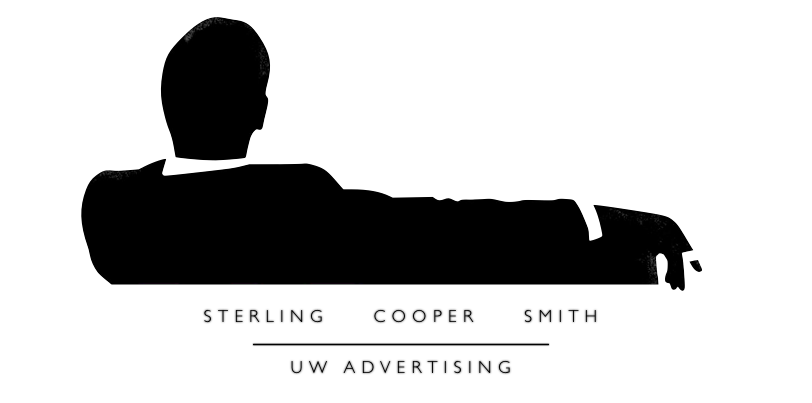Not until the late 1950s did America, and much of the world for that matter, stray in the slightest from the supreme Hollywood film industry. In the 1950s, writers of the Cahiers du Cinema, a French film magazine, started the French New Wave. Its pioneers included Jean-Luc Godard and Francois Truffaut. Their films, such as Breathless (1960) and The 400 Blows (1959), rejected the clean sterile approach Hollywood had been taking, and instead went for a rough aesthetic with continuity errors and abrupt cuts. As writers and filmmakers, they promoted auteur theory, which raised directors to the prestige of artists making works of art. This groundbreaking form of filmmaking made its way to America around the same tame. John Cassavetes, widely regarded as the father of independent cinema, employed similar techniques. His early films, including Shadows (1959), were some of the first independent American films.

But Mad Men depicts the even further dropout from mainstream Hollywood, underground cinema. The movement formed to counter the commercial and professional values of Hollywood, and unlike Godard and Cassavetes, the filmmakers refused to follow any of the norms of mainstream film (Suarez 53). This can be seen in the film projected at the party. Stock footage of rocket launches are accompanied by slides saying, “THE HOLY EUCHARIST,” and it’s set to a track by The Animals. There is no narrative, no actors, and the film doesn’t aim to make complete sense. The use of rock and roll music is also very typical of underground cinema. An example is Kenneth Anger’s Scorpio Rising (1964), a film featuring gay bikers and Nazis set completely to a soundtrack of songs from artists like Bobby Vinton and Elvis Presley.
The shows creators aimed to highlight this emerging movement with “The Rejected.” Although the depiction of 1960s counterculture may be clichéd, it remains accurate to the movement. With these brief first steps into the counterculture, viewers can take note of what to expect from Mad Men as the series delves deeper into the 1960s in the upcoming fifth season.
Source Cited: Suarez, Juan. Bike Boys, Drag Queens, and Superstars: Avant-Garde, Mass Culture, and Gay Identities in 1960s Underground Cinema. Bloomington: Indiana University Press. 1996. Print.
Image: http://www.boston.com/news/globe/living/articles/2007/11/18/still_breathless_after_all_these_years/

No comments:
Post a Comment